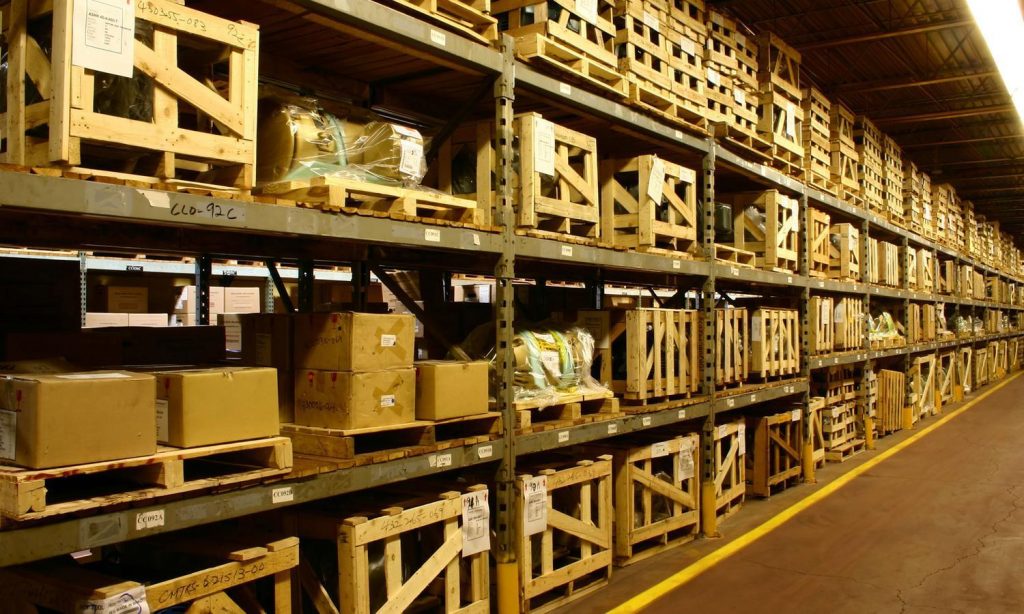Big data is changing how the general population tracks, monitors and improves their overall performance in both their personal lives and the workplace. These strategies are implemented with iPhone apps that record user information, websites dedicated to help you avoid certain URLs while you’re trying to work, and even alarms that remind you to stay on task. However, one sector of the business market is taking this love of incremental improvement to the next level: warehouse and manufacturing.
Tracking Worker Progress and Efficiency
One approach that has already shown its face in the workplace is by tracking the flow of worker efficiency within the warehouse environment. As many individuals know, warehouse manufacturing relies on a quick and steady flow of work in order to achieve the shared goal of shipping products to the customer. Without a respectable amount of optimization, the company begins to lose revenue and becomes susceptible to going out of business.
Although big data can be used in various ways, such as a cubing and dimensional weight system, employers are mostly using it to monitor the peak hours of optimal work within the warehouse. For example, workflow and production lines seem to take a negative dive during the noon and afternoon hours until 2 p.m. Employers can use that data to implement a small break or free time in order to improve worker morale before the workday comes to an end.
The Main Goal Behind Big Data in the Warehouse Environment
When these statistics are presented to an individual, it’s easy to see workers as just a number within a piece of software. On the contrary, big data looks to peer into the social workings of the warehouse environment to extract the pertinent data that helps the business run smoothly. The metrics of data extracted from the software not only shows how efficient workers are, but creates an understanding of how to improve the lives of the individuals working within the warehouse. This can lead to better-timed breaks, a change in workflow as the day progresses, and even lighten the amount of work the employees are required to complete.
Charlie Belmer, the CEO of Golem Technologies and an avid user of big data, is a proponent of how useful these pieces of software can be to both employer and employee. Belmer uses various pieces of technology to monitor and track his progression throughout his daily life both in a personal and business sense. “Those who are motivated by continual self-improvement tend to use metrics to help achieve that. If my goal is to increase my productivity by 50 percent this year, I need a way to measure my productivity.”
As Belmer points out, the main goal with the big data implementation is to provide an overall sense of self-improvement and push workers to want to improve in an organic way instead of being forced.
Reducing Production Costs
One of the biggest factors within the warehouse manufacturing environment, outside of keeping employees safe from injury, is how to reduce the overall production cost of a certain item. Big data creates an insight into the production line and showcases various ways in which to cut back on production costs and increase the overall quality of the final product. Many of the large companies on the market today, such as Amazon and Target, already use various pieces of technology to eliminate errors within the manufacturing phase to deliver a streamlined result.
Managers within the production space can use pre-existing mathematical patterns and apply statistical information to the production line in order to reveal errors within the flow of manufacturing. This can increase efficiency tenfold and help deliver products to clients and customers in an efficient manner with minimal to no error in the final result.
